Best Time to Travel to South America
Latin America expert Amanda advises on the best time to visit South America
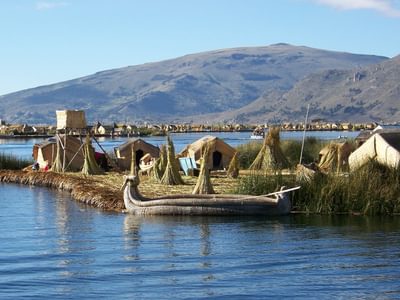
South America is vast and has many climates. Even within individual countries, the ideal time to travel can vary. In each destination, the months that are considered the best for travel often coincide with peak season, resulting in higher hotel rates.
At Far & Wild, we recommend considering the shoulder season as a more cost-effective and quieter option.
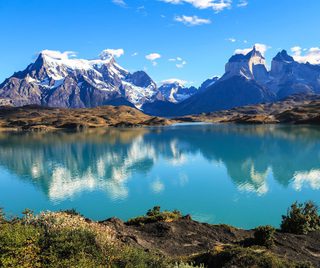
Overview
The seasons in South America's southern countries of Argentina & Chile are the distinct opposite to those in the UK, with the warmest months from November to February and the coldest from June to August. In the north of the continent, places like Ecuador, Colombia and northern Brazil have seasons, although not as pronounced as those in the UK.
Weather in South America varies more by region than by season. The further south you go, the more distinct the seasons become, and higher elevations bring colder temperatures. The Summer months (December – February) are the best time to explore the continent's southernmost regions, such as Patagonia, although this can also be the windiest time!
The shoulder seasons of spring and autumn offer the most affordable periods to visit South America, especially Patagonia, balancing cost and weather.
Summer in South America (December – February)
Summer in South America occurs between December and February. This is the hottest, but also the wettest, season of the year. This is a popular time to travel in Argentina, Chile, Brazil and Uruguay. It’s also prime time for Antarctica adventures for temperatures above zero!
Adventurers seeking optimum sightseeing and walking conditions, head to the vast region of Patagonia which spans a huge area in southern Argentina and Chile. With high visitor numbers during this season, northern Chile around the Atacama Desert and northern Argentina at Iguazu Falls are also popular. Uruguayan beach towns such as Punta del Este and Jose Ignacio swell in numbers as locals and foreigners take advantage of the summer sun.
The end of Summer coincides with Carnival season, with Rio de Janeiro hosting the biggest party and the festivities filtering over to other destinations like Colombia.
See Chile holidays

Autumn in South America (March-May)
To avoid the summer heat in South America’s big cities, consider visiting in Autumn or Spring, especially as rainfall will be lower. You’ll also benefit from cooler temperatures, making sightseeing a more pleasant experience.
Patagonia is a great option as the leaves start to turn golden and prices drop, although many lodges keep high season rates to capture Easter. Cooler temperatures will be setting in but easy to wrap up and keep warm. There are also distinctively less people travelling at this time of year. Northern Patagonia, around the Lake District in Argentina & Chile will be very pleasant as will Mendoza for a wine-tasting trip. In fact, you may even catch the annual harvest in March.
Further north, the Summer heat is easing in Brazil, making it a good time to visit Rio de Janeiro and the Green Coast without sweltering temperatures and rain. The dry season is starting in Brazil's Pantanal and the highland regions of Ecuador, Peru and Bolivia with the rains easing.
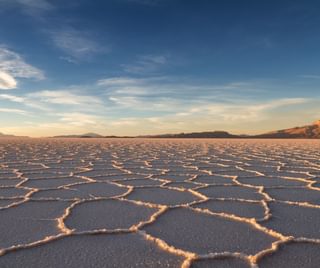
Winter in South America (June – August)
The Andean Highlands in Ecuador, Peru, Bolivia and northern Chile and Argentina will be cold especially at altitude. This, however, brings warm, sunny, dry days which are perfect for sightseeing. In fact, this is peak season for many of South America’s top destinations, including Machu Picchu and the magical Salar de Uyuni. It’s also a great time to visit Colombia and northern Brazil.
In comparison, Patagonia will be cold, and many areas and accommodation shut for Winter. There is a ski season, near Santiago de Chile and Bariloche in Argentina.
See Bolivia holidays
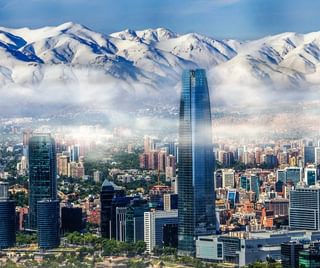
Spring in South America (September – November)
The appearance of magnificent wildflowers and newborn animals mark the beginning of spring. Like Autumn, these months are a good time for the larger cities such as Santiago de Chile, Buenos Aires and Rio de Janeiro. Further north in Lima, the cool grey days of winter will be less noticeable, similarly in Quito.
During these months, the Andean Highlands become warmer making this a good time to travel before the rains start. Note, however, that over the last few years, the rainy season in many regions is becoming a lot less predictable.
The dry season in the Brazilian Pantanal is nearing its end as the rains approach, usually around November.
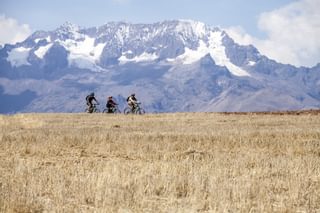
As with any weather guidelines, they are changing as the world changes. A rough overview, country by country is below:
Argentina & Chile
- Southern Patagonia season is October – April with the most popular months December – February (although it can be windy in Summer)
- Northern Patagonia can be visited year-round, with skiing a popular option in Winter. Due to reduced tourist numbers, many hotels close. Mendoza in Argentina is a good option in winter.
- The Atacama Desert in Northern Chile is dry year-round but cold in winter however this makes for sunny days and clear skies. It’s also a great time to visit the Salta region in Northwest Argentina.
- Iguazu is a year-round destination; however, Summer can be hot, humid and wet.

Uruguay
The best time to visit is summer, October to March, when the coast and beaches are vibrant. Beyond beaches, Uruguay offers winery stays and Estancia activities, making it a wonderful destination year-round.
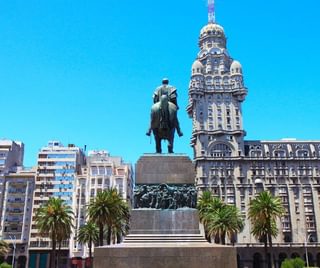
Brazil
Summer on the Southern Coast around Rio de Janeiro is hot, humid, and often wet, but Carnival keeps it popular. The Pantanal's dry season is from April to November, though you can visit year-round for a diverse range of wildlife experiences. The Amazon is dry from July to October, with receding waters. Northern beaches, like those near Salvador and Recife, are ideal winter destinations, staying hot year-round in the tropics.
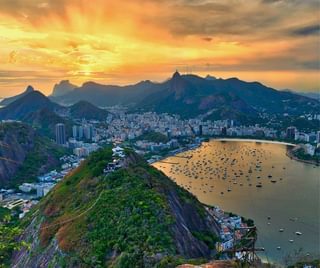
Bolivia
Andean winter offers dry, sunny days and cold nights, ideal for visiting. The Salar de Uyuni is dry, easing travel, but summer's wet season brings magical reflections, making it worth visiting at any time of the year.
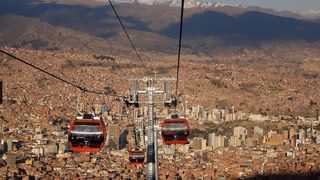
Peru
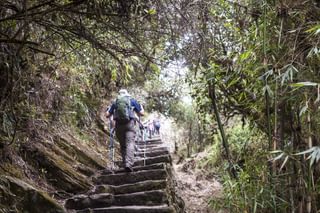
At higher altitudes, like Bolivia, dry, warm days are followed by cold nights. In Cusco, festivities peak in May and June with Corpus Christi and Inti Raymi on 24 June, celebrating the Winter Solstice. Lima’s coast is grey in winter, but offers an abundance of cultural activities. The Amazon Rainforest experiences drier conditions with less rain.

Ecuador & Galapagos
From June to September, Ecuador’s Andes experience their driest months, though occasional afternoon showers and cool nights can occur. The jungle has year-round rainfall, with August to January being the driest and best for visiting. In the Galapagos, January through June marks the wet season, characterized by short showers, warm waters, and sunny days. The dry season runs from July to December, when the cooler Humboldt Current attracts vibrant marine life, including whales and dolphins. Both seasons offer unique experiences, making any time a good time to visit.

Colombia
In the mountains, the dry season spans July to August and December to March. On the coast, humpback whale migration occurs from July to October. The Amazon's driest months are December to February. Visit the Coffee Region in June for the Yipao Festival in Calarca, where locals parade in jeeps, performing tricks and celebrating their traditions.
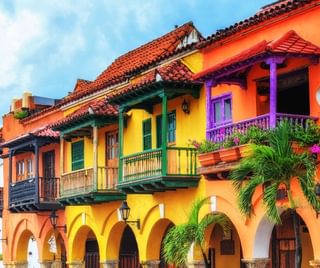
Conclusion
Weather is a variable factor when choosing when to travel, and when it’s ideal in one region of a country, another location may be out of season. This blog is a summary, however at Far & Wild we are happy to chat through your ideas and give recommendations. Savings in the shoulder season can be significant, for slightly cooler temperatures, less visitors and perhaps the occasional shower.






























